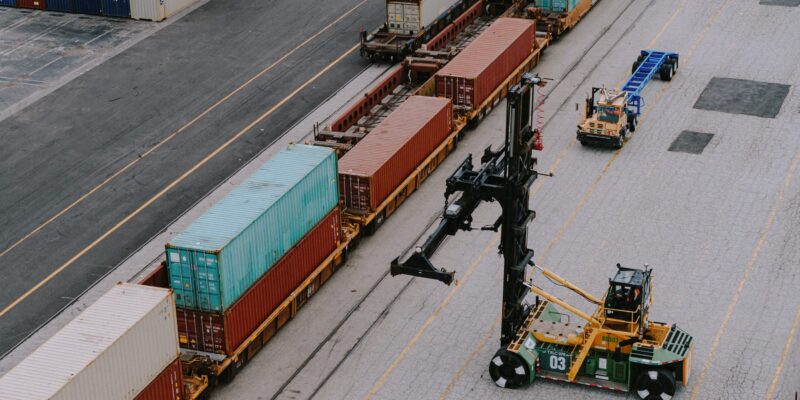The 3 ways we build a high-quality digital fleet

The past year brought challenges unlike any we’ve seen in recent memory. In the midst of it all, it has become more difficult for companies to keep their supply chains flowing smoothly and deliver to customers the products and goods they need to thrive. Whether we’re talking toilet paper, medical supplies, or favorite snacks and beverages, reliable transportation is more critical than it has ever been.
At Uber Freight, we’ve built one of North America’s largest digitally enabled carrier networks to provide the reliable transportation that our customers—and their customers—need to keep their businesses thriving. To maintain this level of service and reliability, we drive continuous improvements by focusing on 3 key pillars.
1. Carrier compliance and monitoring
Before a carrier ever moves a load on the Uber Freight platform, they must complete our vetting process, which is conducted by Uber Freight’s teams and technology.
This process requires carriers to submit key identifying information—such as their USDOT and MC numbers, and supporting documentation such as their insurance information. We independently verify these data points and store them in our proprietary compliance tool, which uses the information to assess the carrier’s compliance with federal regulations regarding operating authority and FMCSA safety ratings, and Uber Freight standards governing insurance.
After the initial assessment, the tool manages carriers’ access to book loads on the Uber Freight platform. Access is determined based on 2 factors:
- Changes in a carrier’s compliance-related data inputs obtained with real-time monitoring capabilities in our tool
- Changes that Uber Freight’s operations team identifies through fraud-monitoring processes
This helps ensure the secure booking of loads on our platform around the clock.
2. Transparent performance standards
From the moment a carrier clears our vetting process, we set and reinforce our performance expectations for the loads they book on the Uber Freight platform. We hold carriers accountable for their performance on 3 metrics, which we’ve developed to align with our customers’ expectations. These standards aim to deliver a reliable experience for shippers while providing a fair experience for carriers that gives them control over the outcomes.
The metrics:
Carriers using Uber Freight must meet all the standards for the Base category at a minimum. They can access their performance data through several unique channels based on what works best for their business:
- In-app scorecards and detailed load reports
- Onboarding communications and interactions
- Monthly performance scorecard emails
- Targeted outreach by phone, email, and text from the Uber Freight operations team
We believe this transparency is essential to delivering an experience that’s fair and supportive for our carriers and reliable for our customers.
3. Clear rewards and penalties for performance
Carriers receive rewards or are subject to penalties based on their level of performance.
Those who perform at or above our standards in each category may receive additional earning opportunities, priority support, and access to future rewards and benefits.
Carriers who perform below our standards for the Mid and Base categories enter into a series of checkpoints designed to improve their performance metrics, such as email and SMS notifications and targeted outreach from our operations team to provide additional support and resources. Carriers are given a designated number of subsequent loads to improve their performance metrics after passing through the first checkpoint. Those who do not improve receive additional communications and are subject to penalties up to and including suspension of their account.
This system is designed to continually raise the reliability of our carrier network—as our carrier-driven facility ratings have done for facility performance—and that’s exactly what we see in reality. Of the carriers we onboard, less than 1% are permanently suspended due to performance issues.
Uber Freight’s approach to building a reliable carrier network—with its key pillars of selection and onboarding; transparency; and rewards and penalties—is one you can count on to deliver reliability in uncertain times.
Andrew Lamb currently works in operations for Uber Freight where he leads teams focused on driving continuous improvements to service quality and operational efficiency across the Uber Freight business.



